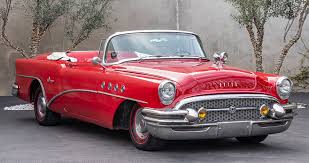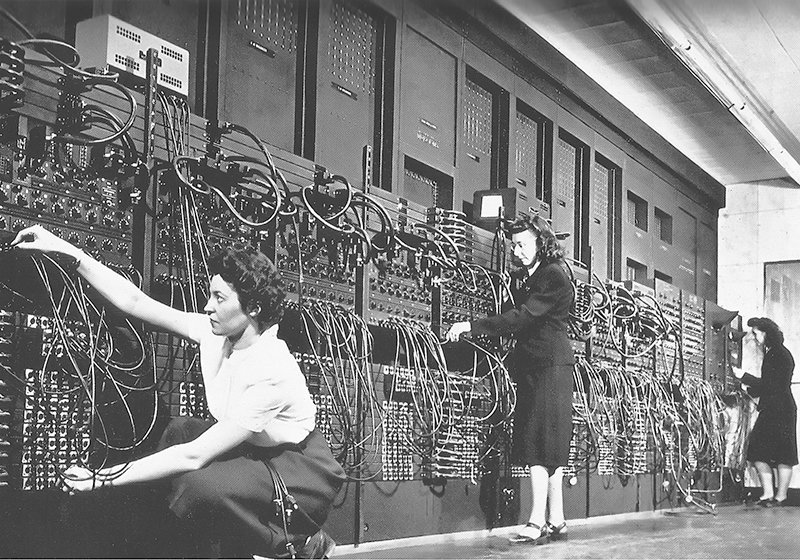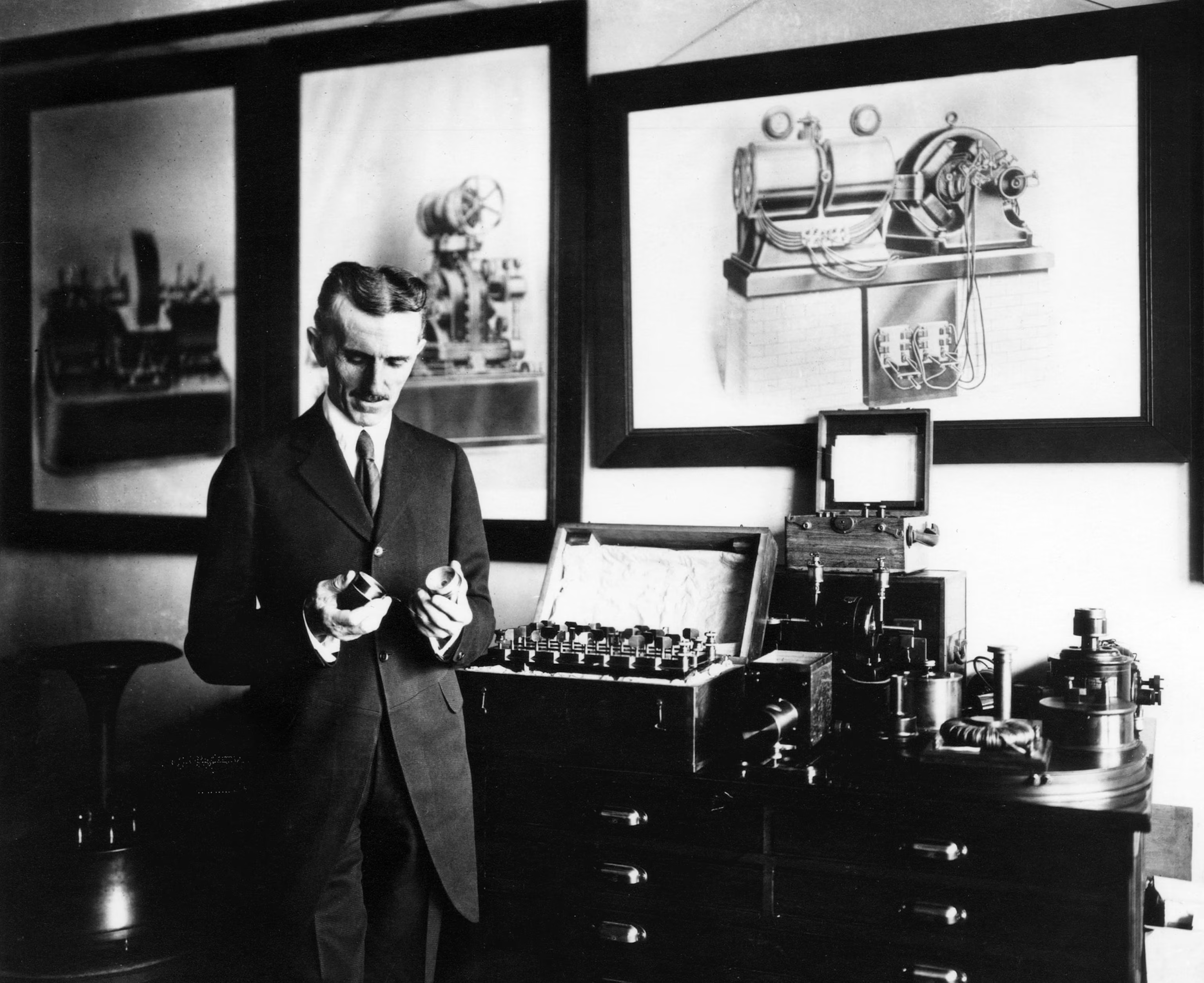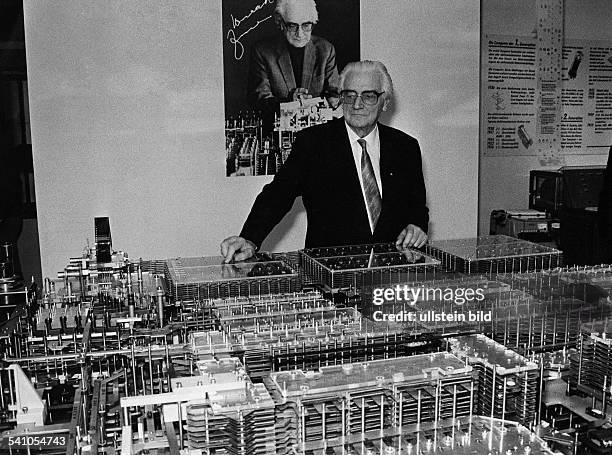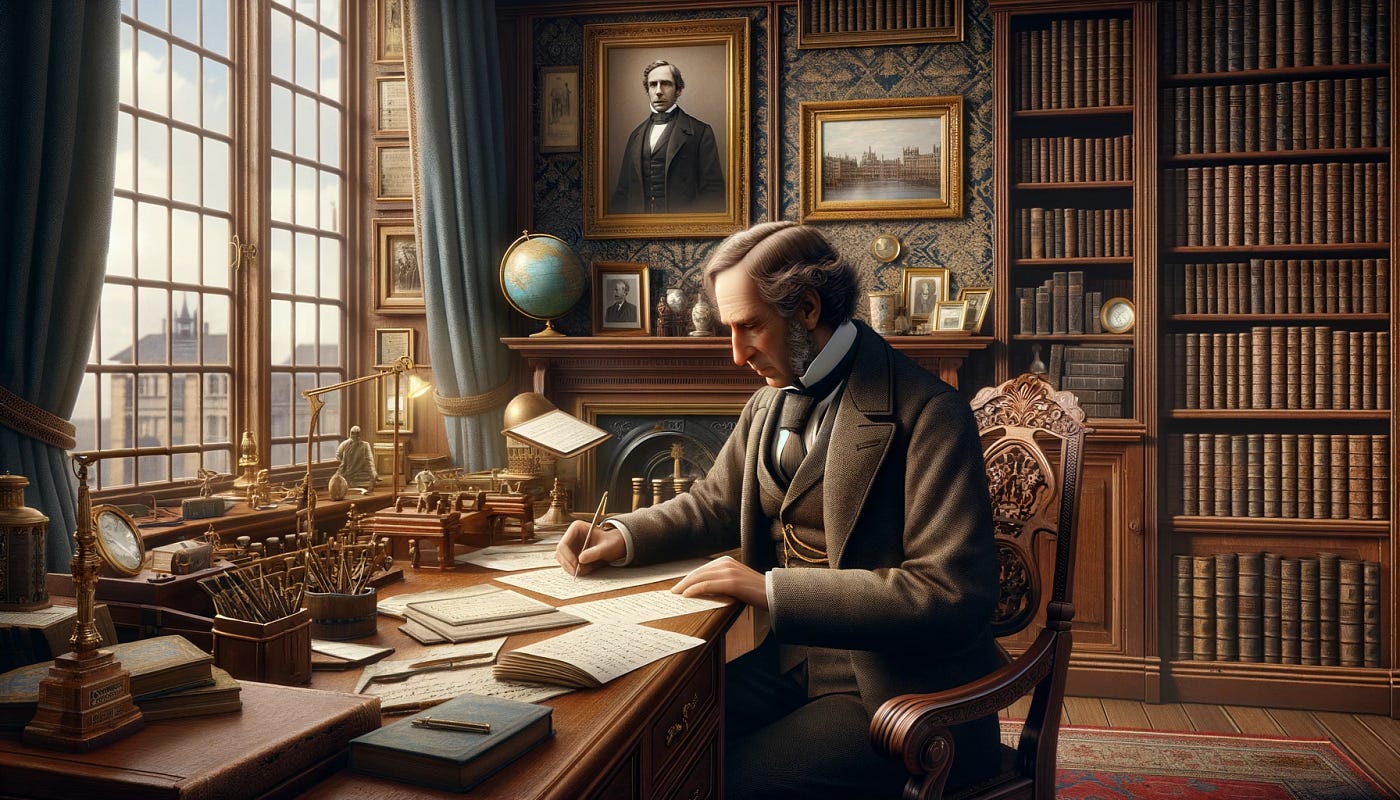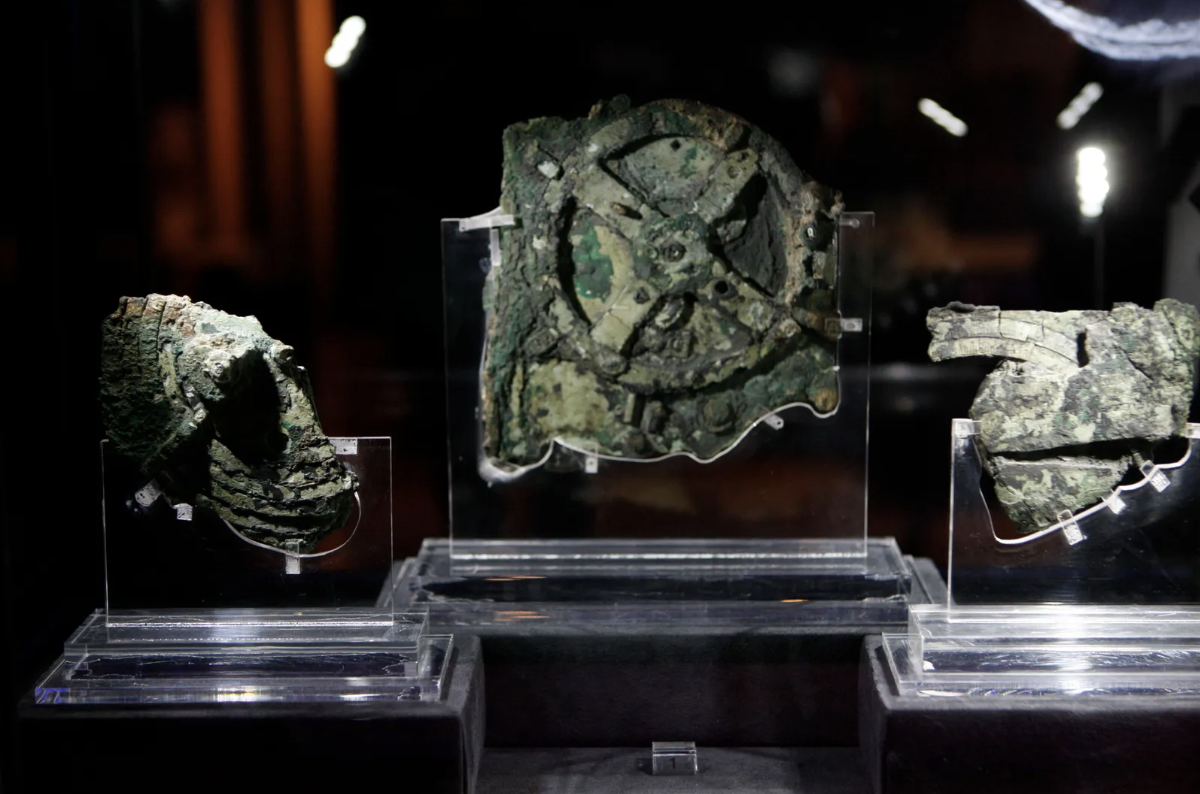What's happening latest...
Blogs | Articles | Stories
Videos
Articles
Codebreakers and Universal Machines
In the winter of 1936, a groundbreaking treatise on mathematical logic was published by a young Alan Mathison Turing, titled "On Computable Numbers, with an application to the Entscheidungsproblem." This work, which initially appeared relevant to only a small circle of mathematicians who grasped its complex title, would later be recognized as a cornerstone in the development of computer science. Turing's exploration of computability and the limits of mathematical logic had a profound impact on the field, comparable to the seminal contributions of Boole and Shannon.
Read MoreThe Son of Storm
There is a long and adventurous story behind the emergence of alternating current, which still powers our computers and domestic appliances. The story began on July, 10, 1856 at midnight: a violent thunderstorm was whipping the Croatian hamlet of Smiljan when Djouka, the wife of Reverend Milutin Tesla, gave birth to baby Nikola. The midwife who assisted Djouka was so impressed with the lightning that she nicknamed Nikola «the son of the storm." Little did she know what "artificial lightning" Nikola would produce as a grown up.
Read MoreThe Age of Electronic Dinasaurs
In 1939, as Konrad Zuse was developing his electromechanical calculators in Germany, John Vincent Atanasoff, a professor of Mathematics and Physics at Iowa State College in the United States, embarked on a groundbreaking project. Alongside his recently graduated student, Clifford Berry, Atanasoff began constructing an experimental prototype of an electronic calculator. This pioneering work culminated in 1942 with the creation of the Atanasoff-Berry Computer (ABC), recognized as the first computer to employ binary calculus.
Read MoreAlgebra of Logic
The development of modern telecommunication systems has been significantly influenced by the fields of binary algebra and information theory, largely due to the contributions of two pioneers: George Boole and Claude Shannon. Despite being born a century apart, their work followed a similar trajectory. Boole's theories, initially rooted in abstract mathematics, were transformed by Shannon's brilliance into practical applications within electronic circuits. This progression highlights the interplay between theoretical foundations and practical implementations in scientific advancements.
Read More
